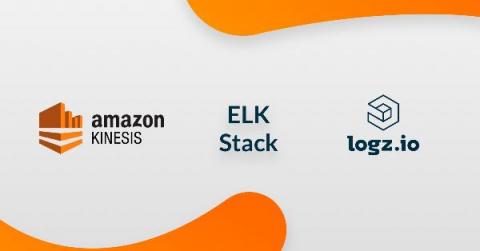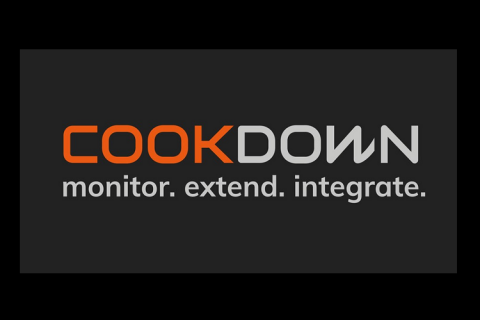Tutorial: Shipping AWS Kinesis Data Stream Logs to Logz.io
Kinesis is a managed, high-performance and large-capacity service for real time processing of (live) streaming data. Prominent users include Netflix, Comcast and Major League Baseball. Its design to let it grab data from multiple sources at the same time and to scale processing within EC2 instances.











